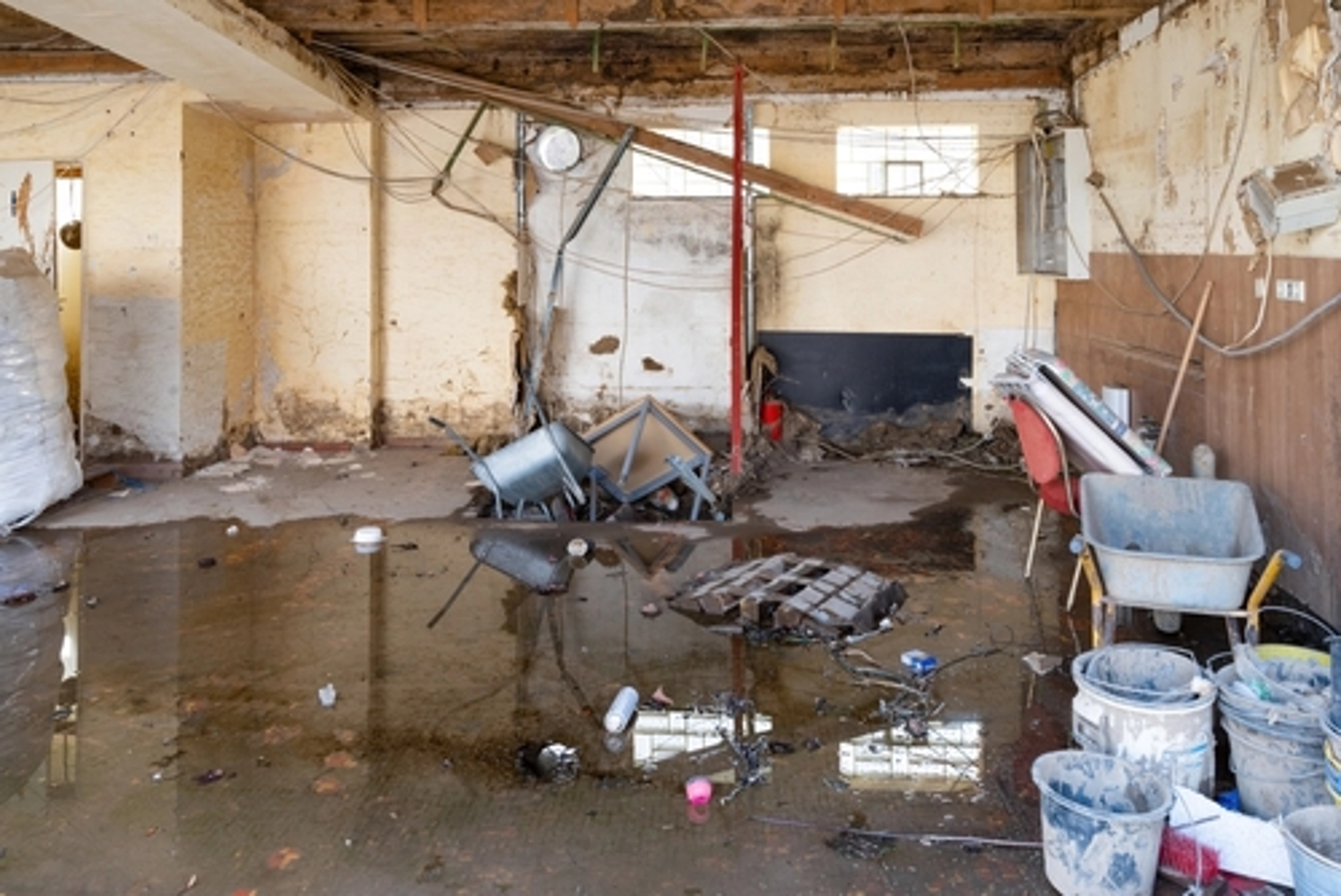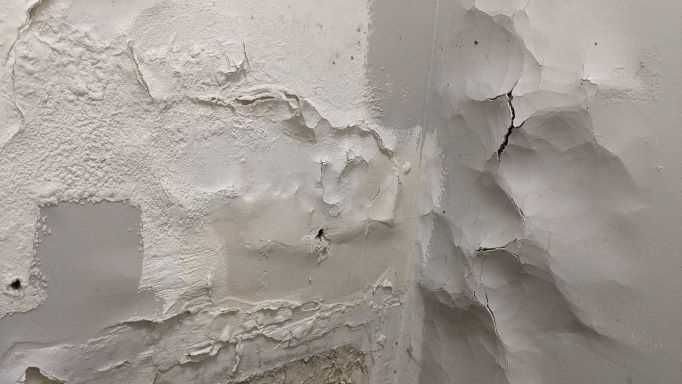The Refine of Water Damage Cleanup: Ensuring Your Home Is Recovered Properly
Water damages can be a difficult obstacle for property owners, demanding a thorough and structured clean-up process to recover security and performance. An extensive analysis is critical to determine the degree of the damages and determine the proper remediation procedures. Following this, efficient water extraction techniques play a pivotal function in minimizing further damage. The subtleties of drying out, disinfecting, and eventual remediation are equally necessary and often neglected. Comprehending these phases can make a significant distinction in the end result of your home's remediation, triggering a closer take a look at what each action involves.
Evaluating the Damages
Upon discovering water damages, the primary step is to extensively analyze the level of the effect. This first evaluation is important, as it helps figure out the required actions for efficient clean-up and reconstruction. Begin by evaluating the influenced areas, consisting of wall surfaces, ceilings, floors, and individual belongings, to determine the source of the water invasion, whether from flooding, leakages, or condensation.
Documenting the damages is crucial for both insurance cases and planning reconstruction efforts - damage restoration services. Usage photos and written notes to capture the extent of the damage, keeping in mind any damaged structural components and materials. Pay unique focus to locations that may not be quickly noticeable, such as behind wall surfaces and under rugs, as concealed wetness can cause more issues, consisting of mold development
Additionally, evaluate the timeline of the water direct exposure. Eventually, an extensive assessment lays the foundation for a successful water damages cleanup procedure, ensuring that all impacted areas are dealt with properly and extensively.
Water Removal Techniques

Professionals typically utilize completely submersible pumps for bigger volumes of water, which can promptly relieve flooding in basements or various other influenced locations. For smaller quantities, wet/dry vacuums are usually utilized to remove residual wetness from carpets and tough surfaces. Furthermore, making use of portable extractors permits targeted elimination in confined spaces or areas with fragile materials.
In instances of infected water, such as sewer or floodwater, advanced removal strategies might include using biohazard tools to make certain security and compliance with health and wellness guidelines. High-powered removal devices are crucial in lessening water retention in architectural materials, which can bring about mold and mildew development and structural wear and tear if not resolved quickly.
Eventually, the effectiveness of water extraction strategies plays a crucial function in the overall success of the water damage cleanup procedure, laying the groundwork for subsequent restoration efforts.
Drying and Dehumidification
Once standing water has actually been efficiently extracted, the following crucial stage in the water damage cleanup process is drying out and dehumidification. This action is important to prevent more damages and mold and mildew growth, which can take place within 24 to 2 days in wet environments.
To accomplish efficient drying, customized tools such as industrial-grade air moving companies and dehumidifiers is used. Air moving companies flow air throughout wet surfaces, improving dissipation rates, while dehumidifiers lower moisture levels in the air, advertising a conducive environment for drying. The combination of these devices makes sure that dampness is drawn out from floorings, home furnishings, and wall surfaces, allowing them to dry completely.
It is crucial to check the drying out process closely. Specialists usually utilize dampness meters to examine the wetness material in various materials, making sure that all impacted locations get to appropriate dryness levels. This meticulous strategy helps to stop surprise wetness pockets that might result in structural damages or undesirable mold growth.

Cleansing and Disinfecting
After the drying and dehumidification phase is full, the next crucial action in water damage cleaning is cleaning up and sanitizing the affected locations. This process is important to stop the growth of mold and mildew, microorganisms, and other microorganisms that grow in wet atmospheres.
The cleansing phase generally includes getting rid of any type of debris, dirt, and impurities from surfaces making use of specialized cleaning up representatives. For tough surfaces, a combination of soap and water or commercial cleansing items is often used. Soft materials, such as furniture and rugs, might require extra substantial cleansing techniques, including vapor cleansing or deep extraction techniques, to make certain complete sanitation.

Sanitizing adheres to cleaning, making use of EPA-approved anti-bacterials to get rid of damaging microbes. This action is vital, particularly in areas that might have come into contact with floodwaters or sewage, as these sources can pose severe wellness dangers.
In addition, get redirected here it is essential to attend to any staying odors, which might call for the usage of smell neutralizers or innovative blog here strategies like ozone therapy. Appropriate cleaning and disinfecting not just bring back the safety and health of your home yet likewise lay the foundation for effective restoration and repair work in succeeding phases of the water damage cleaning process.
Reconstruction and Repair Work

As soon as the analysis is full, reconstruction initiatives can begin. This typically involves fixing or changing broken materials, making certain that all work adheres to local structure codes and standards. For circumstances, if drywall has been compromised, it will need to be eliminated and changed with new product. Additionally, floor covering might need similar focus, depending on the level of water exposure.
It is critical to engage skilled repair professionals during this process, as they possess the knowledge to handle complicated repair services properly. Moreover, they can aid minimize prospective future problems, such as mold and mildew development or architectural instability, therefore making sure a risk-free and habitable living setting. Inevitably, effective reconstruction and repair work bring back the home's integrity and improve its total worth.
Verdict
To conclude, the procedure of water damages clean-up is important for restoring a home to its pre-damage problem. Each stage, from evaluating the damages to executing efficient water removal techniques, followed by detailed drying out, sterilizing, and necessary repair services, plays a crucial function in guaranteeing safety and compliance with building requirements. Reliable execution of these actions not just minimizes immediate damage yet additionally boosts the lasting integrity and value of the property.
Water damage can be a challenging challenge for property owners, demanding a meticulous and organized clean-up procedure to restore safety and functionality. Eventually, a thorough assessment lays the foundation for a successful water damages cleanup process, making sure that all influenced locations are dealt with efficiently and extensively.
Efficient water removal methods are necessary in reducing damages and stopping more problems complying with a water breach event.In final thought, the process of water damages cleanup is important for bring back a home to its pre-damage problem. Each phase, from evaluating the damages to executing effective water removal techniques, complied with by detailed drying, disinfecting, and necessary fixings, plays a vital duty in guaranteeing safety and security and compliance with building standards.